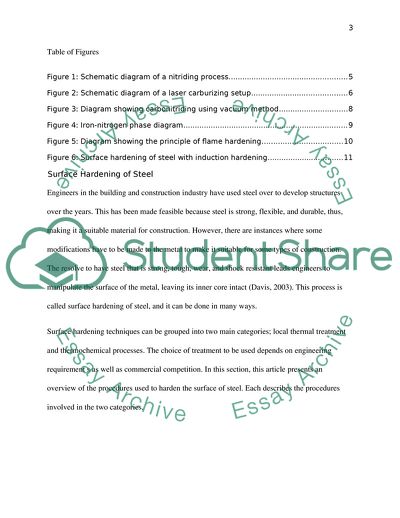Cite this document
(Surface Engineering Technology Term Paper Example | Topics and Well Written Essays - 3000 words - 1, n.d.)
Surface Engineering Technology Term Paper Example | Topics and Well Written Essays - 3000 words - 1. https://studentshare.org/engineering-and-construction/1785380-surface-engineering-technology-used-in-industry-for-surface-modification-ie-surface-treatment-surface-thermo-chemical-tratment-or-surface-coating
Surface Engineering Technology Term Paper Example | Topics and Well Written Essays - 3000 words - 1. https://studentshare.org/engineering-and-construction/1785380-surface-engineering-technology-used-in-industry-for-surface-modification-ie-surface-treatment-surface-thermo-chemical-tratment-or-surface-coating
(Surface Engineering Technology Term Paper Example | Topics and Well Written Essays - 3000 Words - 1)
Surface Engineering Technology Term Paper Example | Topics and Well Written Essays - 3000 Words - 1. https://studentshare.org/engineering-and-construction/1785380-surface-engineering-technology-used-in-industry-for-surface-modification-ie-surface-treatment-surface-thermo-chemical-tratment-or-surface-coating.
Surface Engineering Technology Term Paper Example | Topics and Well Written Essays - 3000 Words - 1. https://studentshare.org/engineering-and-construction/1785380-surface-engineering-technology-used-in-industry-for-surface-modification-ie-surface-treatment-surface-thermo-chemical-tratment-or-surface-coating.
“Surface Engineering Technology Term Paper Example | Topics and Well Written Essays - 3000 Words - 1”. https://studentshare.org/engineering-and-construction/1785380-surface-engineering-technology-used-in-industry-for-surface-modification-ie-surface-treatment-surface-thermo-chemical-tratment-or-surface-coating.


